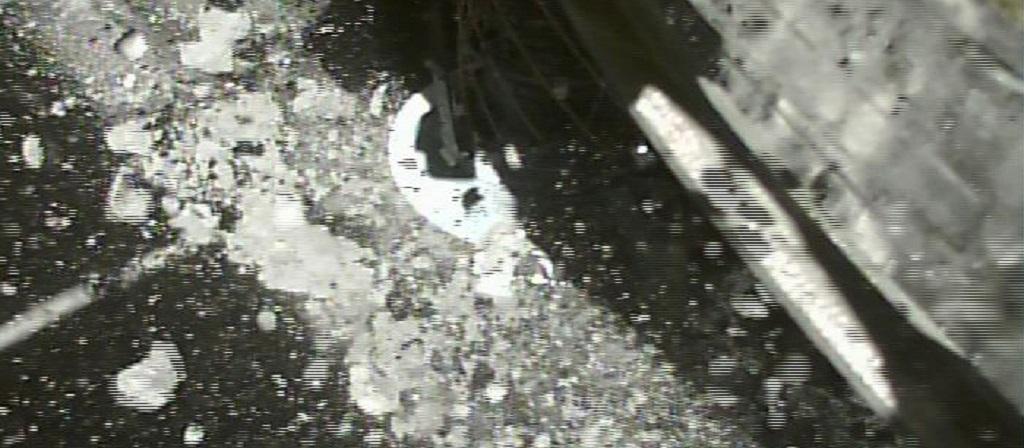

Hayabusa2 made its first touchdown on Ryugu — a kilometre-wide asteriod, with a relatively dark surface and almost zero gravity — in February 2019



Japan’s Hayabusa2 spacecraft, which successfully made its second touchdown on asteroid Ryugu on July 12, 2019, has become the first ever space probe to gather material from beneath the surface of an asteroid, the Nature reported.
The asteriod mission first reached Ryugu — a kilometre-wide asteriod, with a relatively dark surface and almost zero gravity — in June 2018 and made its first touchdown on the surface in February 2019.
A month later, in April, the spacecraft hit the surface of Ryugu with a pellet and created a 10-metre-wide crater. It also exposed the materials under the asteroid’s surface that were so far protected from the harsh effects of cosmic rays and charged particles of solar wind blasting through space.
For its latest mission, Hayabusa2 hovered outside the crater, without landing. It picked up samples of the material by shooting down a projectile from its one-metre long cylindrical horn, which then captured the fragments rebounding from the surface, stated the release.
The sampler horn, attached at the bottom of the spacecraft, is folded back inward so that sand gravel can be hung on the cuff (gravel of 1-5 millimeters can be captured).
“This is a cornucopia of a mission,” says Lucy McFadden, a planetary astronomer at National Aeronautics and Space Administration's Goddard Space Flight Center in Greenbelt, Maryland.
Hayabusa2 will deliver the material to Earth by the end of 2020, when it is expected to return to Earth.
Until then there is no way of knowing how much material has been collected in each touchdown operation, mission manager Makoto Yoshikawa of the Japan Aerospace Exploration Agency Institute of Space (JAXA) Sagamihara told Nature.
The materials may help JAXA researchers understand why Ryugu is so dark — darker than any known meteorite. Their work will also focus on whether the April impact made the material darker, or whether the crater’s colour is typical of Ryugu’s composition and the surface has been lightened by solar radiation.
According to scientists, Ryugu is a rubble-pile asteroid: A collection of rocks and dust held together loosely by gravity. Its surface is also strewn with an unusual number of boulders — more per unit surface area than any asteroid explored so far — showed a paper published by JAXA scientists.
Hence, the latest touchdown was particularly hazardous for Hayabusa2, especially given that the spacecraft had to operate autonomously owing to the large distance from Earth.
Descending inside the crater itself would have been “rather risky”, Yoshikawa said.
“If you’re going into a depression, then you have to worry about things like the solar panels sticking out” and potentially colliding with the surface, added Harold Connolly, a cosmochemist at Rowan University in New Jersey and a co-investigator on the mission.
Launched in December 2014, the probe is a follow-up of Hayabusa, which explored the asteroid Itokawa in 2005. Hayabusa was the first mission to return an asteroid sample to Earth.
We are a voice to you; you have been a support to us. Together we build journalism that is independent, credible and fearless. You can further help us by making a donation. This will mean a lot for our ability to bring you news, perspectives and analysis from the ground so that we can make change together.
India Environment Portal Resources :

Comments are moderated and will be published only after the site moderator’s approval. Please use a genuine email ID and provide your name. Selected comments may also be used in the ‘Letters’ section of the Down To Earth print edition.